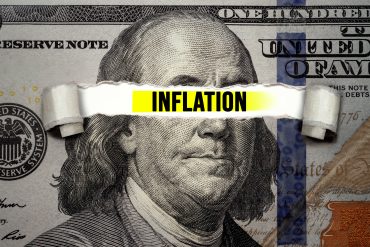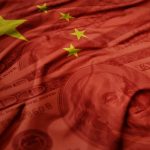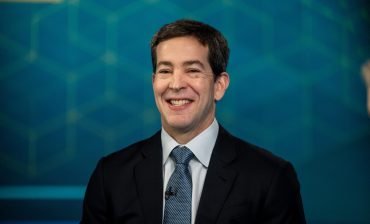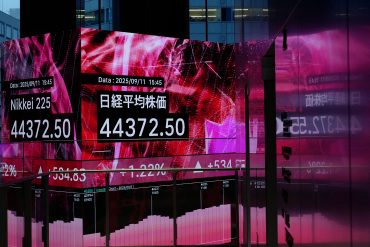
Central Banks Deploy Interest Rate Changes to Fight Inflation
5 minute read

Global Central Banks Adjust Key Interest Rates to Combat Record Price Increases While Preserving Growth
Three Key Facts
- Central banks are implementing interest rate modifications as a primary tool to combat inflation while maintaining economic growth momentum
- Technology companies are prioritizing measurable ROI on AI investments, focusing on use cases that deliver clear productivity benefits rather than pursuing growth at all costs
- The strategic shift toward skills-based talent strategies and product-led management is producing measurable financial and operational benefits across multiple sectors
Introduction
Economic turbulence has prompted decisive action from policymakers and business leaders, with interest rate modifications emerging as the central tool in the fight against inflation. This significant policy shift represents a calculated response to global economic pressures that continue to reshape financial markets and business strategies.
The government’s decision to adjust fiscal policy comes at a critical juncture when economic stability must be balanced against growth objectives. These changes extend beyond traditional monetary policy, influencing everything from currency valuations to international trade relationships.
Key Developments
Central bank officials have implemented comprehensive interest rate adjustments designed to address inflationary pressures without derailing economic recovery efforts. According to Google News, experts anticipate both immediate and extended economic effects from these policy modifications.
The technology sector has responded with its own strategic realignment, moving away from aggressive expansion models toward measured innovation approaches. Companies are implementing AI adoption frameworks that prioritize demonstrable productivity gains over speculative investments.
Skills-based talent strategies have become central to organizational planning, with firms restructuring their workforce development programs to align with technological capabilities. This approach addresses the growing concern about workforce adaptation in an increasingly automated environment.
Market Impact
Businesses across sectors are experiencing immediate effects from interest rate changes, particularly in areas of borrowing costs and capital allocation decisions. Industry leaders have expressed varying degrees of concern about the implications for operational financing and expansion plans.
Currency valuation shifts are creating ripple effects through international trade relationships, forcing companies to reassess their global supply chain strategies. These adjustments are particularly pronounced in import-dependent industries where exchange rate fluctuations directly impact cost structures.
The technology industry’s emphasis on ROI measurement has created new benchmarks for investment decisions. Companies are applying more rigorous evaluation criteria to AI implementations, ensuring that technological investments deliver quantifiable business value rather than serving as experimental initiatives.
Strategic Insights
The current economic environment has prompted a fundamental shift in corporate strategy, with executives prioritizing disciplined innovation over rapid expansion. This approach reflects lessons learned from previous economic cycles where unconstrained growth led to significant market corrections.
Technology serves increasingly as an enabler for human potential rather than a replacement mechanism. Organizations are discovering that successful AI integration requires corresponding workforce development programs that enhance rather than diminish human capabilities.
Product-led management approaches are gaining traction as companies seek to streamline their enterprise tool portfolios. This strategy helps organizations avoid redundant investments while maximizing the utility of existing technological resources.
Expert Opinions and Data
Central bank representatives have articulated clear objectives for their policy interventions. “Our primary goal is to curb inflation without hampering economic recovery,” a spokesperson explained, highlighting the delicate balance required in current economic management.
Financial analysts point to global economic turbulence as a primary driver behind these policy adjustments. The interconnected nature of modern economies means that domestic policy decisions must account for international market dynamics and cross-border financial flows.
Government officials maintain confidence in their strategic approach, citing historical precedents where similar policy interventions successfully navigated economic challenges. This perspective draws on documented cases where coordinated fiscal and monetary policies helped stabilize markets during periods of uncertainty.
Summary
The convergence of monetary policy adjustments and strategic business realignment reflects a mature response to current economic pressures. Interest rate modifications serve as the primary mechanism for addressing inflation while technology companies demonstrate disciplined approaches to innovation and workforce development.
These coordinated efforts across public and private sectors are producing measurable results, with organizations reporting improved operational efficiency and financial performance. The emphasis on strategic AI adoption and skills-based talent management provides a framework for sustainable growth during periods of economic transition.








